“We’re in the midst of a restructuring process,” says Vacheron Constantin CEO Louis Ferla, who talks to WatchTime’s Rüdiger Bucher in this exclusive interview about his vision for the historic, 260-year-old brand.
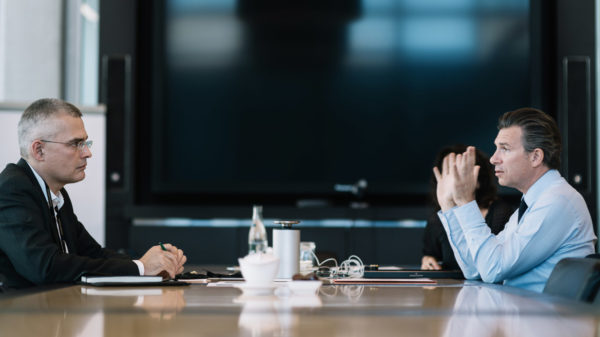
WT: Mr. Ferla, you’ve been the CEO of Vacheron Constantin since April 2017. Can you give us a brief outline of your career?
LF: I have spent most of my career overseas. I was in China, Hong Kong, and Taiwan for 17 years and, more recently, spent four years in the Middle East. I’ve been working for the Richemont Group since 2001. I started out at Alfred Dunhill, before spending 10 years working for Cartier. I arrived at Vacheron Constantin in October 2016, initially as Managing Director of Sales and Marketing.
WT: What values does Vacheron Constantin embody for you?
LF: At Vacheron Constantin, there is an emphasis on watchmaking expertise and achieving the highest quality levels. What we call métiers d’art – in other words, the skills of the trade such as engraving, guilloché, and enamel painting – play a crucial role.

We are known as a company which first established a manufacture in 1755. And we have produced constantly throughout our 260-year history. But at the moment, we’re in the midst of a restructuring process.
WT: What’s the aim of this process?
LF: We’re striving to become even more customer-centric. We’re endeavoring to offer customers a design that precisely meets their requirements, the best service, and exceptional value for money.
WT: What does the customer you have in mind look like?
LF: Our customers are connoisseurs. You don’t come to Vacheron Constantin by accident, but because you already know a great deal about watches. Very few of our customers buy a Vacheron Constantin as their first watch. Incidentally, I was surprised to see that the average age of Vacheron customers is relatively low.
WT: How old?
LF: Early forties. In today’s world, there are lots of young people in their thirties or early forties who are very successful. Take the people in Silicon Valley, for example. They don’t necessarily wear a watch with a digital display, and often prefer a luxury timepiece by a famous brand – from a major watchmaker such as Vacheron Constantin. Customers want a good product with history. They want top quality, good design, a reliable and aesthetically appealing manufacture movement and – also very important – good service. This has been the case throughout history.
WT: History plays an important role for Vacheron Constantin – and in the company’s communication in particular. How do you plan to reach younger people?
LF: You can see part of the answer here (pointing to the new Historiques Triple Calendrier 1942 & 1948 models on the table). We are now selling new watches at prices below 20,000 euros: a triple-date in steel and in gold for 19,300 and 35,700 euros, respectively. The design of these models is inspired by watches from our history — from 1942 and 1948. The price needs to be right; in other words, it must be fair. You can sell a watch for half or even a million euros and the price [can] still [be] fair. For another model, 12,000 may be the fair price.

WT: Where does the starting price lie at the moment, and how high should it be in principle?
LF: It’s not easy to say how high it should be. At the moment, you enter the world of Vacheron Constantin with the Quai de l’Ile for 16,100 euros. Ten to 15 years ago, we had a starting price of around 10,000 euros. What will the starting price be in future? That’s a question I can’t answer at the moment.
WT: In recent years, Vacheron Constantin has presented several very complicated and expensive one-off timepieces. Are you intending to focus less on the top segment now?
LF: Quite the contrary. We are very focused on the high-end segment. But we’re talking about extremely small quantities.
WT: You mean your Atelier Cabinotiers department, which is responsible for special customer orders?
LF: That’s right. Our Atelier Cabinotiers workshop can build very special timepieces completely in accordance with customer wishes. This is exciting for us because our customers are looking for interesting and challenging solutions that really put our skills to the test. However, these commissioned timepieces are often so complex that it can take two years to complete the work on them. And there are customers who aren’t prepared to wait for two years. So we also take the opposite route: we produce a few unique, one-off pieces that we can immediately sell to prospective customers.
WT: How many of these watches do you produce per year?
LF: Around 30. They require a great deal of creativity and manpower – from research and development through to construction and production. Each individual component is handmade by an experienced watchmaker. But this work must not hinder our normal production, which is why we are investing in our Atelier Cabinotiers department.
WT: How do you market these watches?
LF: In October, for example, we arranged a Cabinotiers event in Kyoto, with customers from around the world. For three days, we presented new one-off pieces which are all truly exceptional in terms of craftsmanship, technical innovation, finishing, complications – and sometimes a combination of all these things. Some customers bought a watch on the spot while others were inspired and ordered a similar timepiece but with altered details. Importantly, such events enable us to receive feedback from people with a high level of expertise who are very familiar with watchmaking history and technology.
WT: What are the plans for the Métiers d’Arts department?
LF: We also want to further develop this area, albeit less intensively than our Atelier Cabinotiers department. In the future, we will release one small series per year. And if possible, we always want to combine the métiers d’art with interesting complications. The métiers d’art give customers high aesthetic added value: this is important because complications are sometimes harder to understand and appreciate. If both are mixed, you can create a watch of exceptionally high value. And Vacheron Constantin has great experience and expertise in both domains.
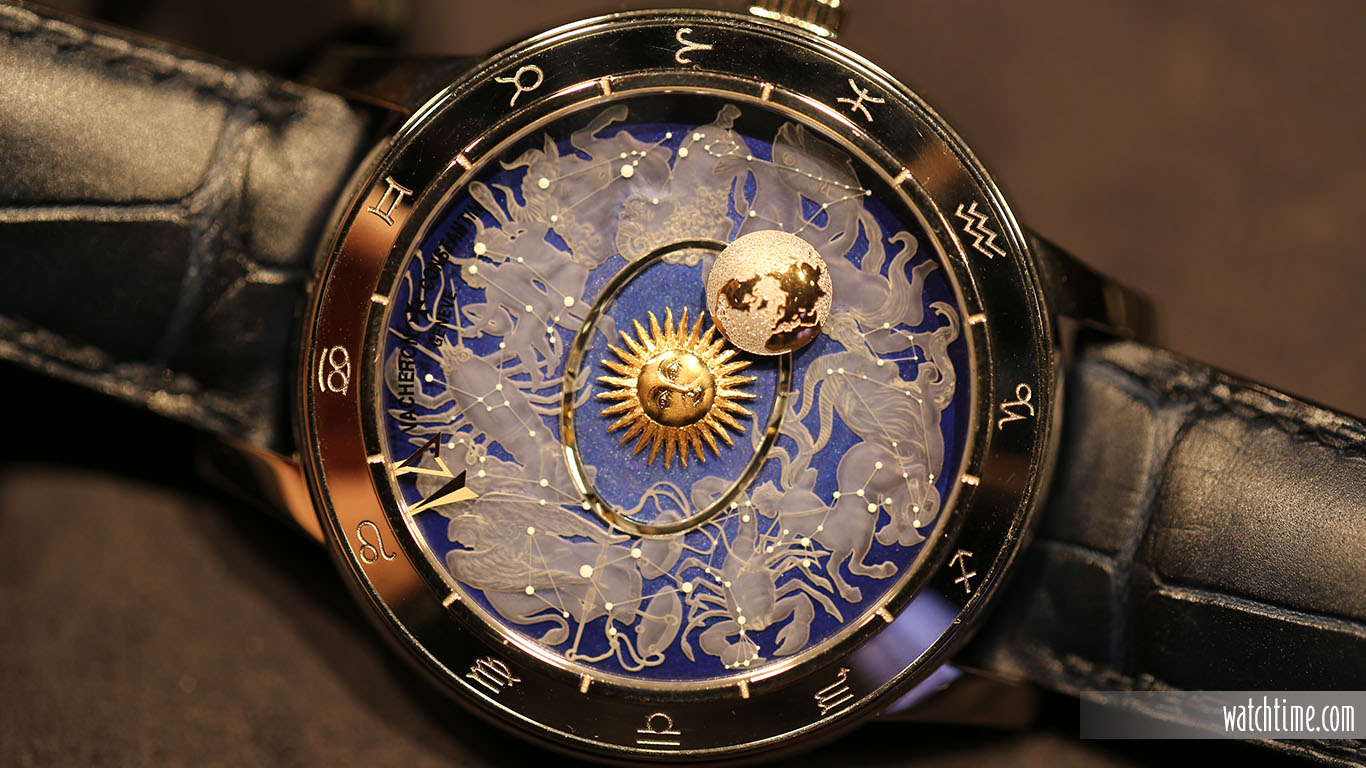
WT: How many watches do you produce in total per year?
LF: Just over 20,000.
WT: Do you plan to increase this number?
LF: As a company, we need to grow. We would rather achieve this through the value of our watches than [through] higher quantities – and we can do so with more complications. Quality is more important than quantity.
WT: Your predecessor Charly Torres wanted the company to produce 100 percent of its own movements. Is that still the target?
LF: It’s something we’re discussing at the moment. I’m not personally convinced that we need to produce 100 percent of our own movements. It isn’t necessary in the car industry, or [even] in the luxury vehicle segment, for that matter.
WT: Vacheron Constantin is very traditional. Where and how do you combine tradition and modernity, which is to say the future?
LF: It’s about tradition and innovation. Technologies, materials and anti-magnetic properties all fall into the latter category. The motto of Vacheron Constantin is: “Do better if possible – and that is always possible.” Our objective is not to be seen as a super-innovative company; that wouldn’t be in keeping with the character of Vacheron Constantin. But we strive for innovations if they improve the quality of our products.
WT: What is your view of silicon components in watch movements?
LF: If the result is a more stable and durable watch, then why not use them? Here, you also need to factor in the different expectations of customers. A customer spending 12,000 euros on a watch will want, among other things, a reliable movement and a good design; for this customer, silicon could be interesting. A customer purchasing a watch for 150,000 euros may have a more traditional mindset. Both are possible within a brand. Our goal is not to prioritize the development of new technologies, but if there are proven innovations that provide customers with a clear benefit, we will take them into consideration. Areas in which we would never compromise are manufacturing, finishing, and aesthetics.
WT: What role should shaped casing play in relation to round watches?
LF: If round watches account for 80 percent of the market, then you need round watches as a brand. But if you’d like to have an icon and to stand out from other brands, you need shaped casings because it’s far more difficult to stand out with round watches. A shaped watch is easier to identify from a distance. So a brand needs both. Take our Historiques American 21. Until now, it’s been available in 42 millimeters and we’re now launching it in a midsize [version] of 36.5 millimeters. This lovely timepiece is a prime example of how attractive a shaped watch can be.

WT: Finally, a personal question: you spent 17 years in Asia and can also speak Chinese. What have you absorbed from the culture in this region?
LF: The realization that life isn’t a race. It’s important to attain a good balance between personal and professional development. Even when you have a full schedule, it’s important to do sports. Having this balance also enables you to see things from a different perspective and to take on fresh challenges. In Asia, yin and yang is a key concept. A good balance is especially important in a world in which things change so quickly.

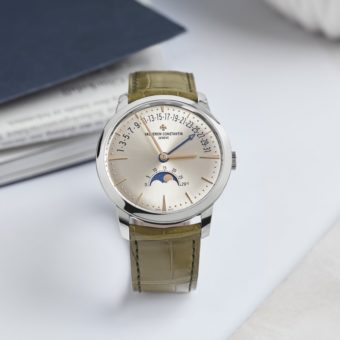
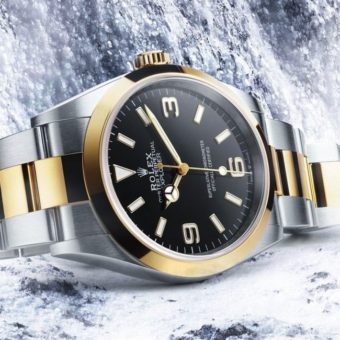
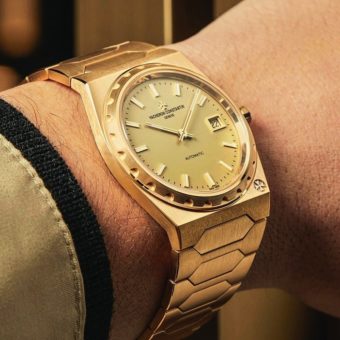
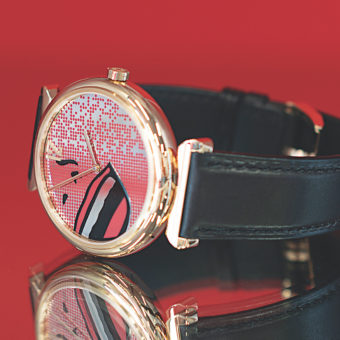
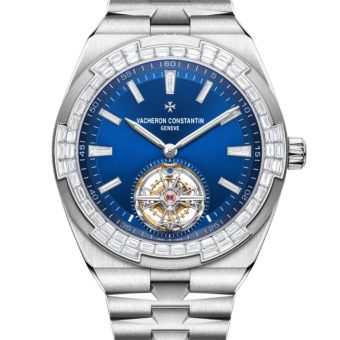
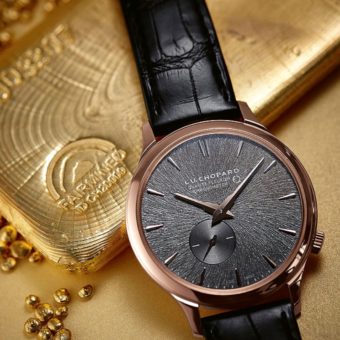
As a consumer, I find Monsieur Ferla’s attitude a bit disappointing. VC is in the midst of restructuring for a reason. It sounds as if he wants to continue business as usual. It has worked reasonably for quite a long time, so they can’t be blamed for their thought process.
Growth in sales volume and revenue should be attainable. One reasonable course of action would be to stun the watch world by producing their high quality product at a more reasonable price, at least for an entry level watch such as an Overseas. As I understand it, they recently were forced to buy back a substantial number of their watches from authorized dealers to maintain scarcity and support prices. This does not sound like a sustainable business model.
I think they missed a real opportunity for brand awareness. I guess VC is happy where it is. Monsieur Ferla did not articulate a strategy for growth, it is a strategy for stagnation. Hope it works!